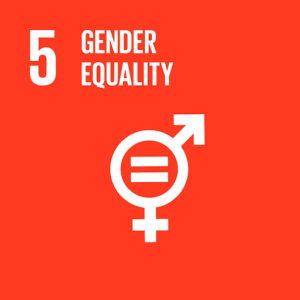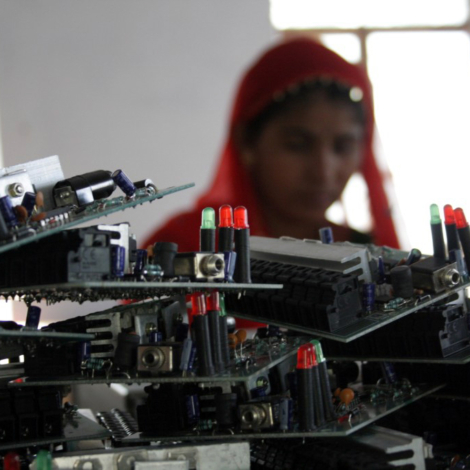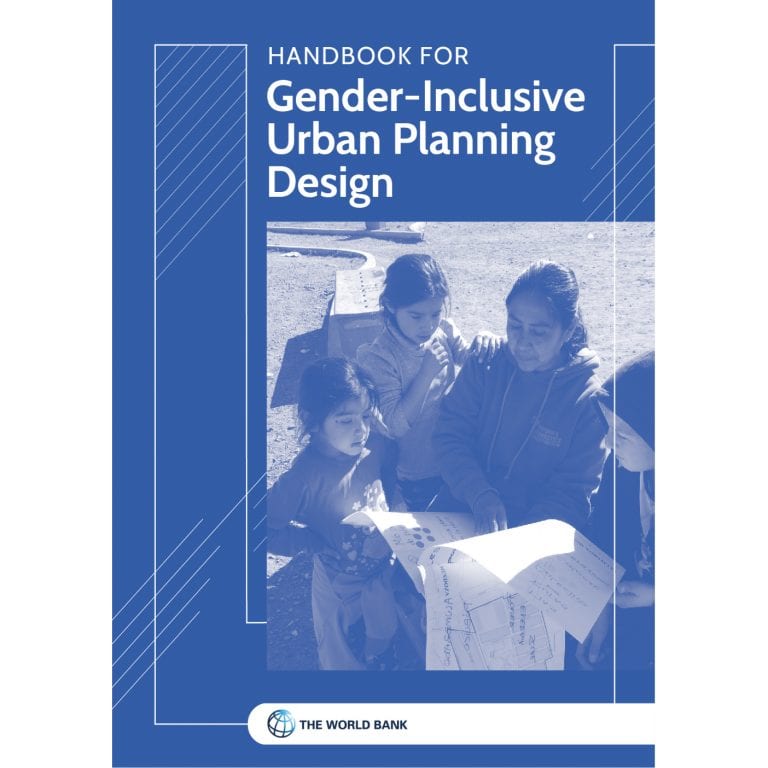Engineers are waking to the fact that gender inclusion improves design. Technical professionals working in sustainable development are now seeking practical methods for implementing more gender-inclusive engineering and design. Dr. Eva Cheng at the University of Technology Sydney highlighted six toolkits by six disparate organizations, each of which could improve gender inclusivity. Dr. Cheng was a member of E4C’S Innovation Steering Committee in 2022-2023, and she offered her brief review of toolkits in a presentation to this year’s E4C Fellows.
The surprisingly long history of gender-inclusive engineering
Engineering for Change compiled the surprisingly long historical backdrop of women in engineering in which Dr. Cheng places her discussion of gender inclusion. A snapshot without historical context suggests that organizations that support women in engineering abound. But their work takes on special significance within the context of a centuries-long story in which women have been slowly staking their claims in male-dominated disciplines.
Read more: Engineering Standards Are Weaker Without Women. Here’s the Solution
One of the earliest women engineers that Dr. Cheng mentions was Hypatia of Alexandria in 355 AD, a woman who built astrolabes and hydrometers. From the late 1800s to the early 1900’s it was rare for more than one woman per year to receive an engineering degree. Since then, women have gradually made inroads. Today, 20 percent of engineers and 29 percent of all professionals in the sciences, technology, engineering and math (STEM) are women, according to the World Economic Forum, Global Gender Gap Report 2023.
How gender inclusion improves design
 “Gender inclusion in design is critical for design outputs and design processes that are inclusive due to the gendered roles, (differences in) access to resources/opportunities, (lack of) representation in leadership/decision-making roles and power dynamics in society,” Dr. Cheng wrote in an email.
“Gender inclusion in design is critical for design outputs and design processes that are inclusive due to the gendered roles, (differences in) access to resources/opportunities, (lack of) representation in leadership/decision-making roles and power dynamics in society,” Dr. Cheng wrote in an email.
Read More: Checking Under the Dashboard: Gender Bias in Data and Tech
Practitioners of sustainable global development have known for years that gender inclusion is a powerful tool for improving outcomes. Women and girls are key to successful water access, for example, and they are prime beneficiaries in cash transfer programs.
The converse has been shown repeatedly, as well. Historically, male-centric design teams have neglected to test products with women in mind, leading to a spectrum of issues from fatal seatbelts to poorly fitted sports shoes. Seatbelts tested on dummies patterned after male bodies may cause women to suffer higher injury and mortality rates in auto collisions, and soccer shoes (football boots) built for men’s feet may lead to discomfort and injury on the field.
New technology is not immune. Algorithmic bias and unconscious bias written into artificial intelligence programs harms women and girls, as Stephanie Mikkelson writes. Algorithms designed by men and trained on data that doesn’t fairly represent women may be to blame for biases in worker recruitment at Amazon, loan approval at Apple Card and search results by Google.
The problems are pervasive to the point that gender equality is targeted as one of the UN’s Sustainable Development Goals. This is how to increase gender inclusion in engineering for sustainable development.
Six toolkits for practical gender-inclusive engineering for sustainable development
Dr. Cheng listed six toolkits and made brief remarks about three. These toolkits offer techniques, checklists and surveys that practitioners can adapt to their context and begin thinking about inclusivity from the start, she says.
One thing Dr. Cheng says she likes about the Gates Foundation Toolbox is starts with definitions and models that practitioners can use to think about what they want achieve. Then it provides practical methods for integrating gender into the work.
“One of the first things to do is to think about how you might apply a gender lens to the context of your projects, or a design you’re working on,” Dr. Cheng says.
The Gates Toolbox supplies a framework for a gender analysis to assess where each project is and where it can go to achieve better gender inclusion.
Mercy Corps’ Toolbox was developed for the Agrifin agricultural program, but its concepts apply to other contexts.
“Please don’t be dissuaded or turned away because it relates to agriculture. This is actually what I found to be a different practical implementation of the model and the concepts and the definitions in the Gates Foundation gender toolkit,” Dr. Cheng says.
This toolbox provides techniques for advancing from ‘gender unintentional’ to ‘gender intentional’ and finally to ‘gender transformative.’ Many of those who are interested in gender inclusivity sit at the ‘gender intentional’ phase, Dr. Cheng says. This resource can be especially helpful for people who have taken steps on the path toward inclusivity and could use practical advice for further advancement.
“What’s not helpful is to tell people that they have to be gender transformative but not give them a starting point, because that is not the starting point,” Dr. Cheng says.
This toolkit is not as comprehensive as the Mercy Corps’ but the briefing documents are quite useful, Dr. Cheng says. It details specific sectors and provides a good overview, she says.
Three other toolkits made Dr. Cheng’s list:
- UNESCO Gender Equality Tools (esp. Science, Technology and Innovation)
- SIDA Gender Toolbox (Swedish International Development Agency)
- UN Gender Inclusive Language Toolbox
It’s about valuing people
The work to improve gender inclusivity can be caught up in culture wars and political discourse. At its core, though, inclusivity can prevent bad design and begin to solve engineering and design problems that were created by unwittingly biased decisions.
“It’s not about being politically correct. It’s about including people and valuing people for what they bring,” Dr. Cheng says.
For further reading
Gender-inclusivity is complex, and it may be new to many people, especially its implementation in engineering and design. For more information, Dr. Cheng listed the following resources.
- Gender Perspective and Engineering, by World Federation of Engineering Organizations (pdf)
- 7 Switches: A Guide for Gender-Equality by Design, by Champions of Change Coalition (pdf)
- Handbook for Gender-Inclusive Urban Planning and Design, by World Bank
This article is specific to gender-inclusive urban planning, but also applies to engineering design. - Gender Equality and Sustainable Development, by UN Women (pdf)
This is a broad treatise on gender quality in sustainable development. - Invisible Women, by Caroline Criado Perez

